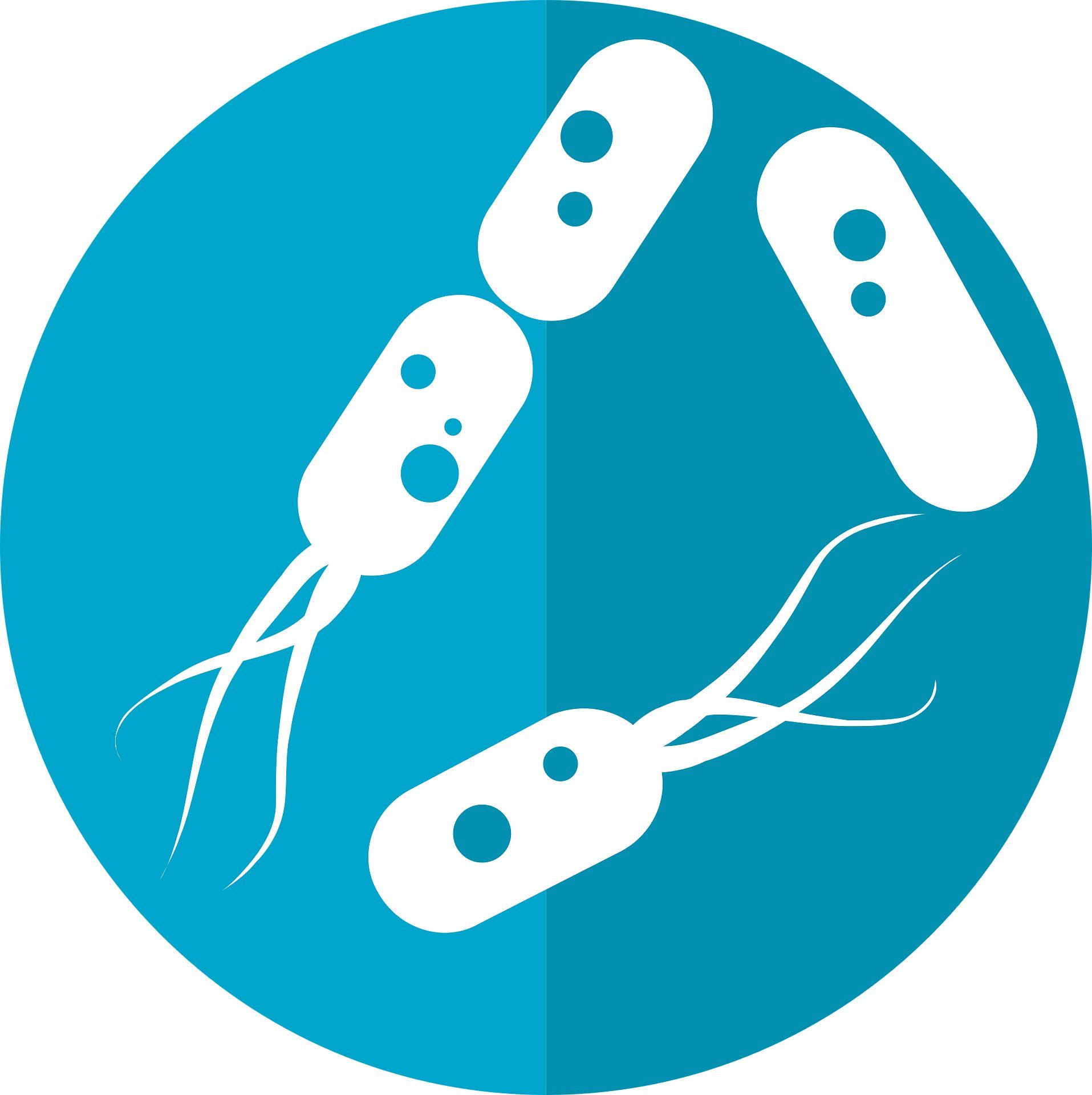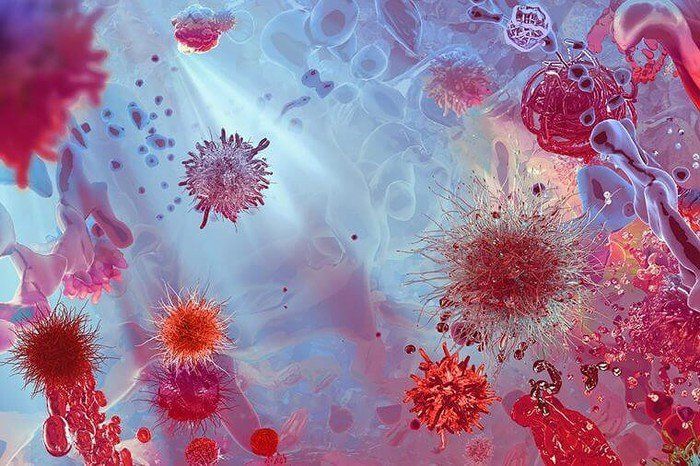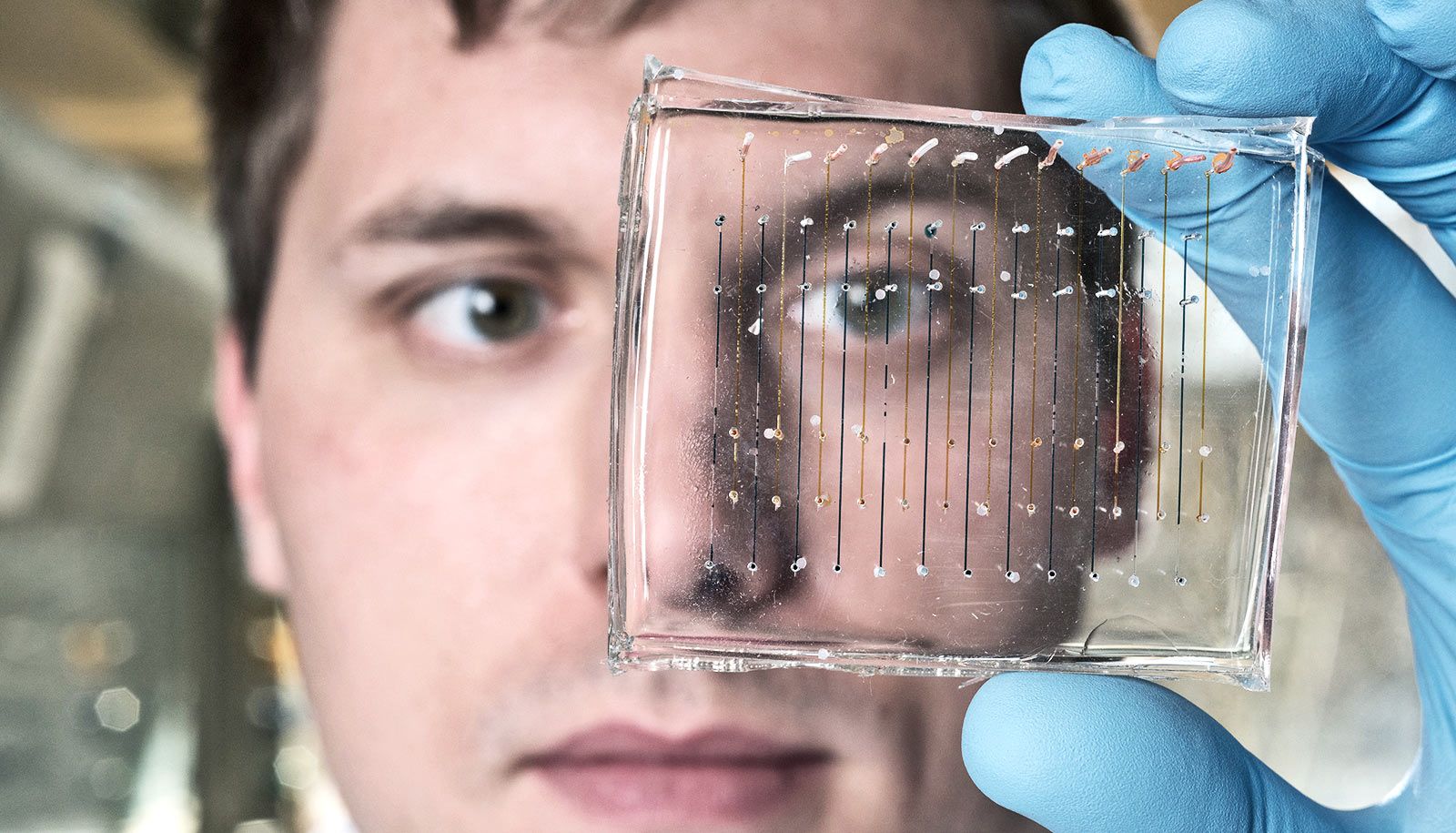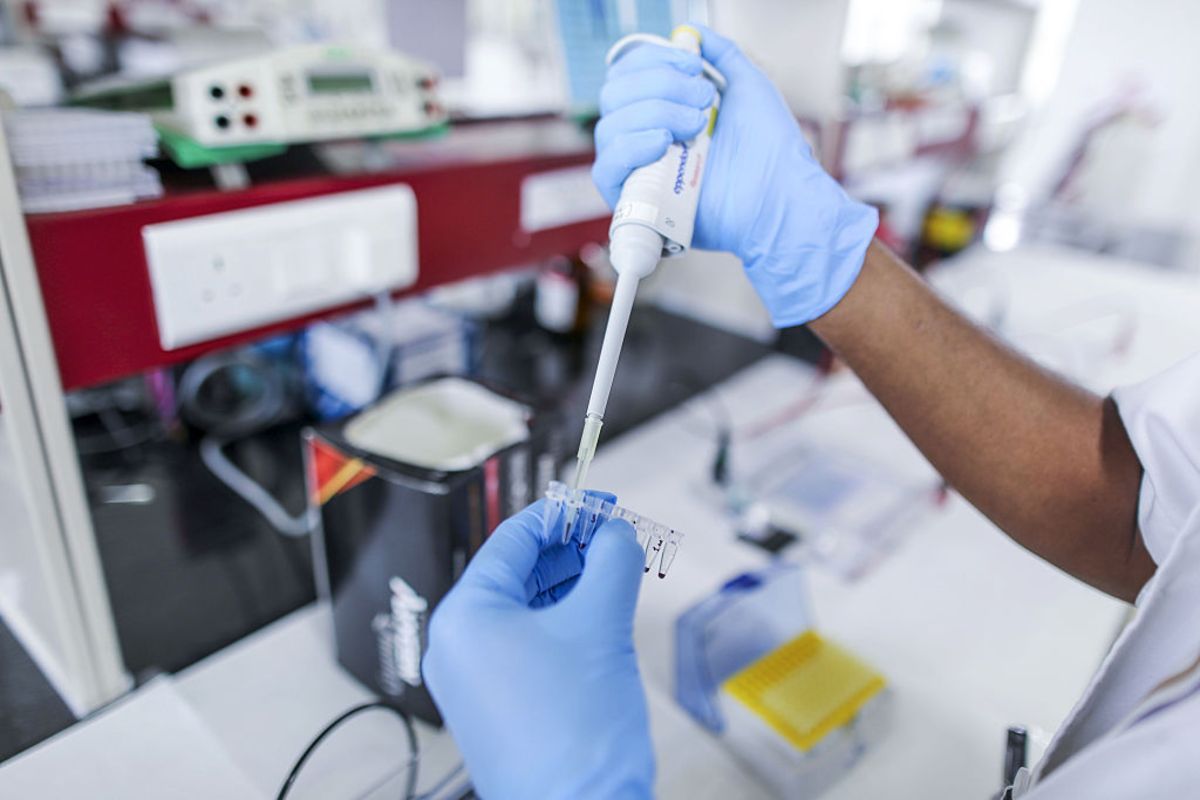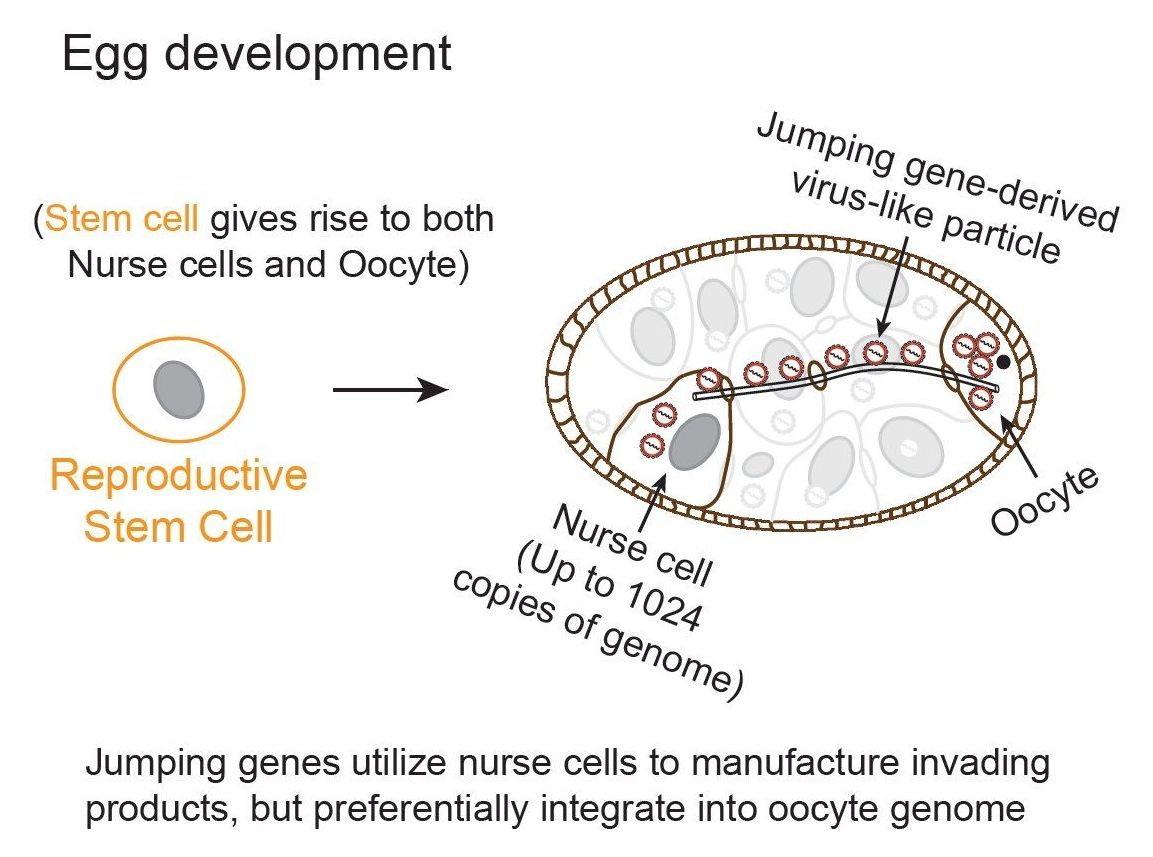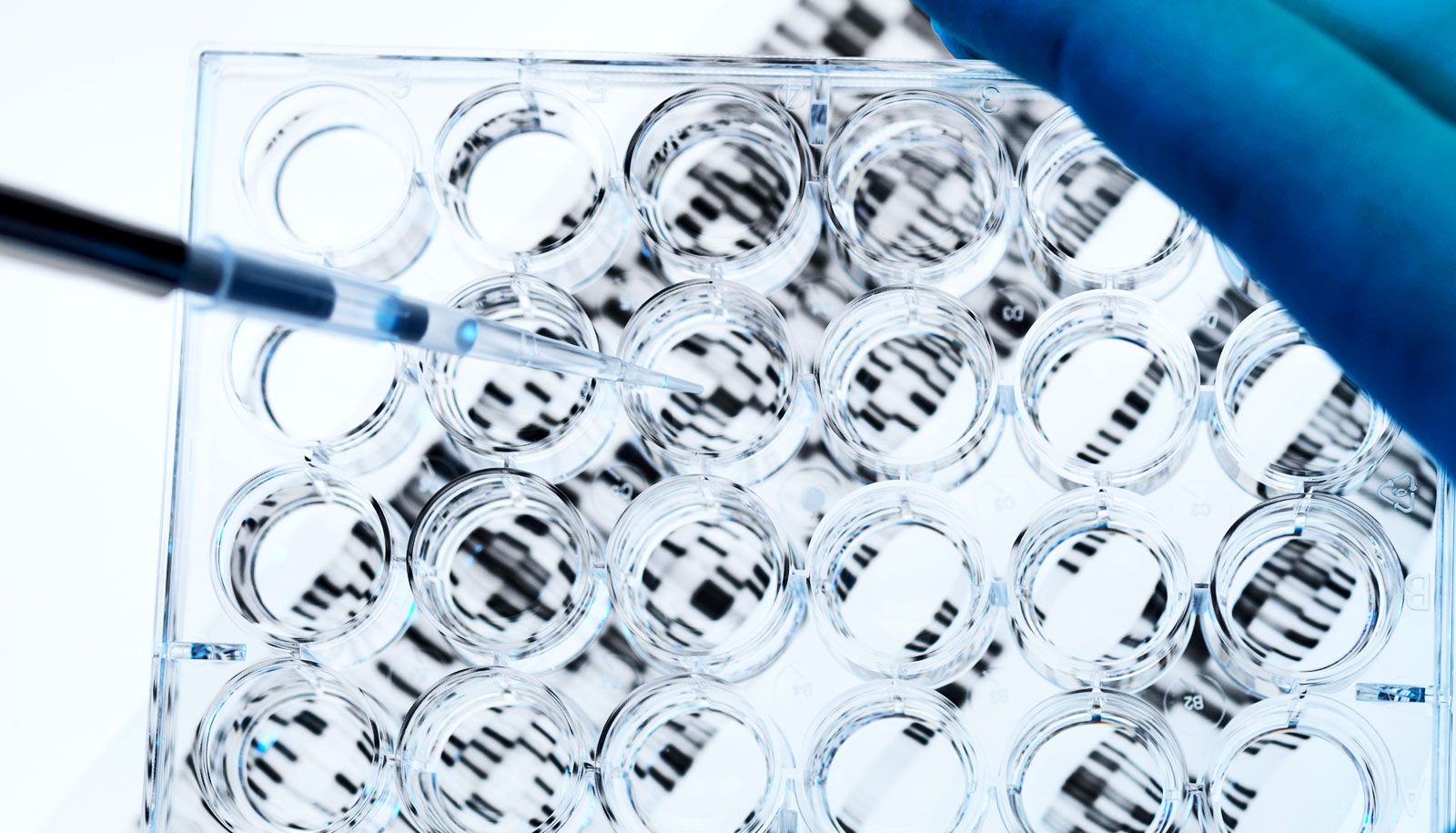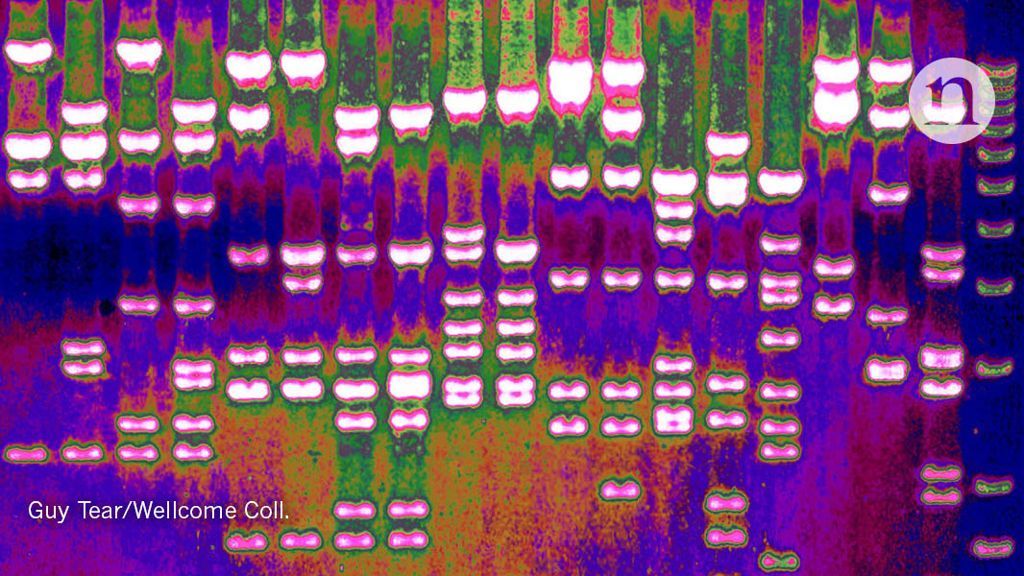Researchers at Umeå university in Sweden have published a new study showing that the gut bacteria can carry information of past experiences of an altered environment from parents to offspring. Eggs and sperm are not the only information carriers from one generation to the next.
Eggs and sperm transmit genetic information from one generation to the next. The genetic information contains the blueprint for how to assemble a functional offspring. Most of this information is hardcoded in DNA and cannot be altered by experiences such as changes to the environment.
However, in the last decades, it has been shown that some effects of various lifestyles can be transmitted from parents to offspring through both the egg and the sperm. This study shows for the first time that also the gut bacteria, which are in general also transmitted from parents to offspring, are capable of transmitting information about what environment the parents were exposed to, to the offspring.
